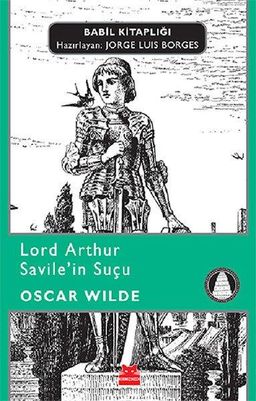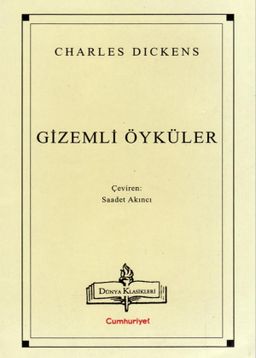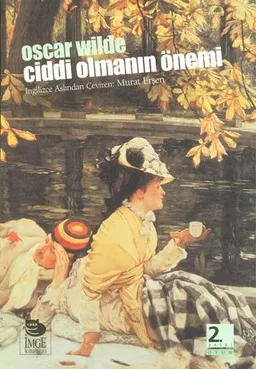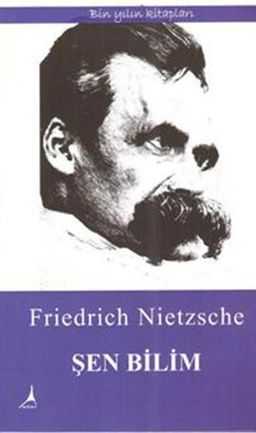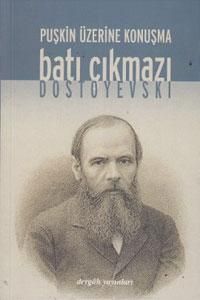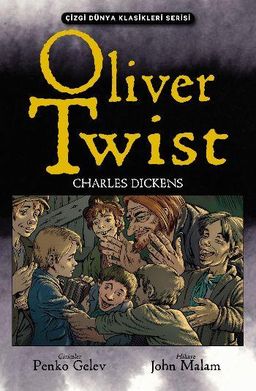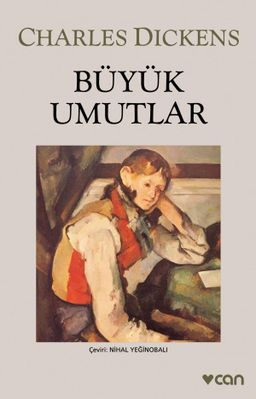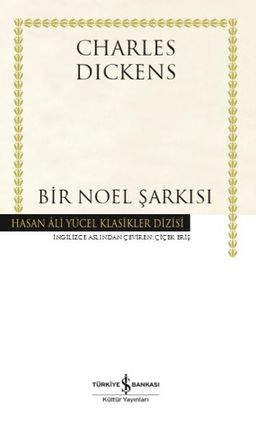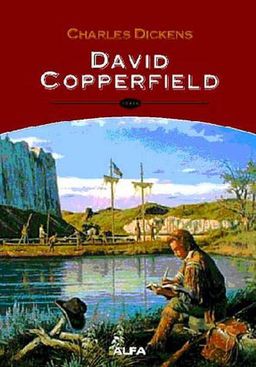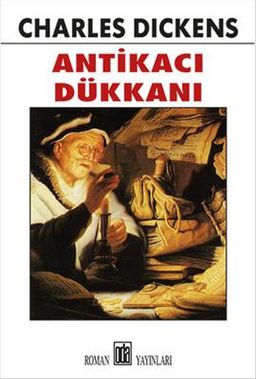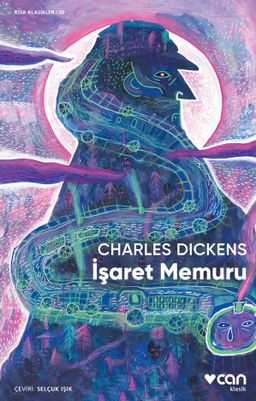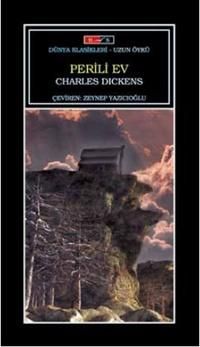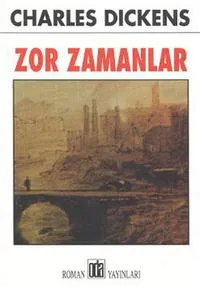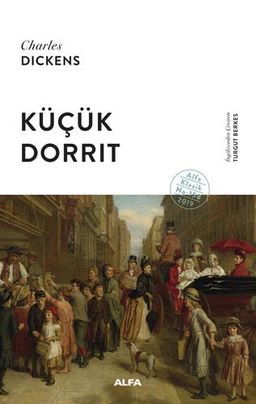Kasvetli Ev (2 Cilt Takım)
Charles DickensAbout Kasvetli Ev (2 Cilt Takım)
Kasvetli Ev (2 Cilt Takım) subject, statistics, prices and more here.About
This text has been automatically translated from Turkish. Show Original
In Charles Dickens's mature novel, Bleak House, he makes you feel the pains of transition to the modern world, the strict moralism of the Victorian age, the oppressiveness of the dense fog that surrounds everywhere, and the maddeningness of the crazy Court of Chancery, with a strong social criticism and a shocking power of observation. The novel, which reaches out to every layer of society, from street children to aristocracy, from working class to housewives, has the distinction of being a different record of social history with its gripping detective fiction and multi-layered narration. Dickens, who left a great mark on European culture, is also the creator of the contemporary Christmas myth, which consists of symbols such as white snow, pine tree, roasted turkey and New Year's cards that come to mind when Christmas is mentioned today. The novels of Dickens, who were read with great enthusiasm by people from all layers of society during his period and who even Queen Victoria wanted to meet most, were not accepted as "serious" literature by critics for many years due to their great popularity. However, after the 1950s, its importance was re-understood and began to be examined with a new perspective. In this context, 2001 was declared the Year of Bleak House by the University of California. Giving you the chance to watch the reflections of Dickens, the writer Kafka was most influenced by along with Dostoyevsky, on Kafka's world, Bleak House is a long and complex novel that needs to be read over and over again, but it is an experience that pays off. "The coldest of the cold afternoon, the darkest of the dark fog and the muddiest of the muddy streets" from the "Shakespeare of the Novel" are in our language for the first time with H. K. Browne's illustrations prepared for the first edition and Aslı Biçen's meticulous translation.
Author: Charles Dickens
Translator: Aslı Biçen
Türler:
Estimated Reading Time: 28 hrs. 46 min.Page Number: 1015Publication Date: March 2021First Publication Date: 1853Publisher: Yapı Kredi YayınlarıOriginal Title: Bleak HouseISBN: 9789750800958Country: TürkiyeLanguage: TürkçeFormat: Karton kapak
Other Editions
Kasvetli Ev (2 Cilt Takım)
285 okunmaYapı Kredi Yayınları · March 2021 · 1015 syf
Bleak House
5 okunmaWordsworth · · 800 syf
Kasvetli Ev
3 okunmaKaknüs Genç · 2017 · 64 syf
Bleak House
2 okunmaVintage Classics · 1 May 2008 · 992 syf
Bleak House
0 okunmaAlma Books · · 992 syf
Bleak House
0 okunmaPenguin Classics · 6 October 2011 · 1088 syf
Book Statistics
Reader Profile of the Book
Kadın% 59.0
Erkek% 41.0
0-12 Yaş
13-17 Yaş
18-24 Yaş
25-34 Yaş
35-44 Yaş
45-54 Yaş
55-64 Yaş
65+ Yaş
About the Author
Charles DickensYazar · 78 books
This text has been automatically translated from Turkmen. Show Original
Charles Dickens (7 February 1812 – 9 June 1870) was an English writer.
Born in 1812 as the son of a civil servant father, Dickens' early years were prosperous, but he met misery when his father was imprisoned for his debts. He had to work in a paint factory when he was only 11 years old. Young Dickens, who joined a lawyer at the age of 15, learned shorthand in his spare time because he was curious about learning. In 1835, he joined the Morning Chronicle newspaper as a stenographer, and in 1835, under the pseudonym 'Boz', he began to publish notes under the title Boz's Scribbles.
In 1837, he published the book The Adventures of Mr. Pikvik, which would make him famous. He married Catherine Hogarth in the same year. In 1840, he published the novel The Antique Shop, which he dedicated to his sister-in-law Mary, who died.
In 1840 he went to America, where he was received with great enthusiasm, but his American Notes for the General Reader provoked violent reactions from those who had so warmly welcomed him. Dickens, who traveled extensively between 1843 and 1846, had the opportunity to meet famous writers of the period during these travels. During this period, he again published the Daily News newspaper and Household Words magazine.
Dickens, who separated from his wife in 1858, traveled frequently and gave conferences from this period onwards. But eventually he got too tired and had to retire to his home in Gadshill. He died in 1870, at the peak of his fame. His grave is in Westminster Church, London.
Books
İki Şehrin Hikâyesi
8.4/10
Oliver Twist (Çizgi Roman)
8.4/10
Oliver Twist
8.1/10
Büyük Umutlar
8.5/10
Bir Noel Şarkısı
8.3/10
David Copperfield
8.1/10
Antikacı Dükkanı
7.6/10
İşaret Memuru
7.1/10
Perili Ev
6.2/10
Zor Zamanlar
7.5/10
Müşterek Dostumuz (2 Cilt Takı...
8.7/10
Kasvetli Ev (2 Cilt Takım)
8.4/10
Gizemli Öyküler
7.7/10
Mister Pickwick'in Serüvenleri
8.3/10
Küçük Dorrit
7.5/10







